Dump trailers serve an invaluable role in the construction, landscaping, and agricultural industries. Mastering the process of unloading dirt efficiently can save both time and resources. In this comprehensive guide, we’ll delve into proven techniques and methods to ensure dirt slides out of your dump trailer effortlessly and effectively.
Understanding the Mechanics of Dump Trailers
When it comes to unloading, it’s essential to understand how dump trailers operate:
Components of a Dump Trailer
| Component | Function |
|---|---|
| Hydraulic System | Raises the trailer bed and allows for dumping. |
| Trailer Bed | Holds the material (dirt, gravel, etc.) during transport. |
| Tarp System | Covers the load to prevent spillage during transit. |
| Tailgate | Controls the flow of the material while dumping. |
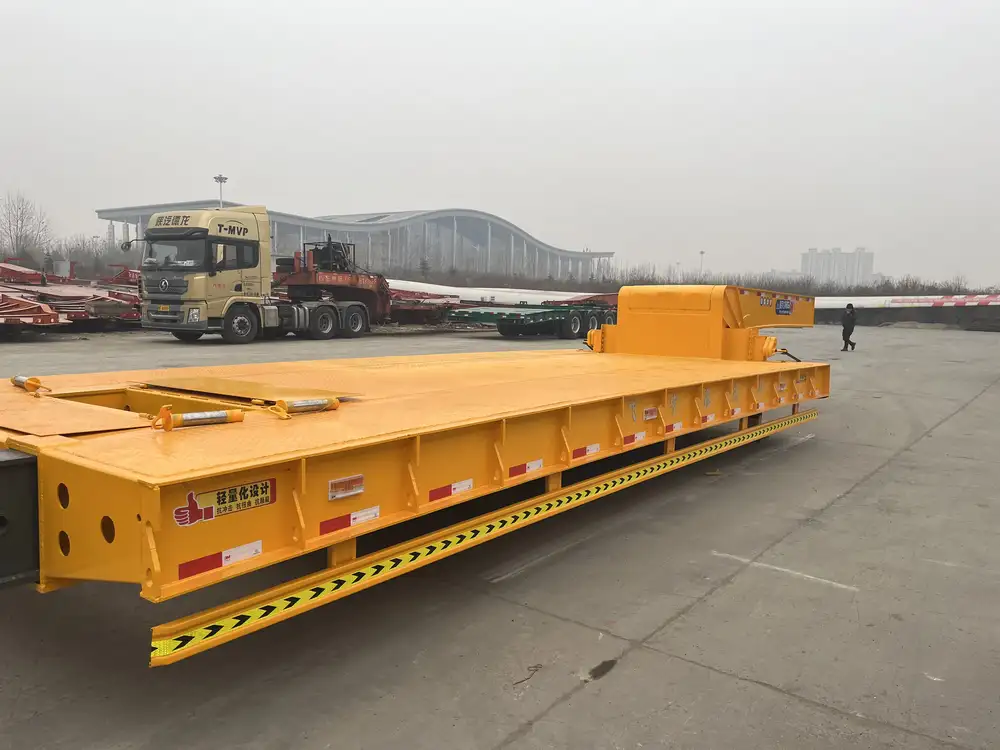
Types of Dump Trailers
- Electric Dump Trailers: Ideal for lighter loads and residential projects.
- Hydraulic Dump Trailers: More powerful, suitable for heavy-duty work.
- Tilt Trailers: Limited capacity but good for smaller loads and tight spaces.
Knowing which type of dump trailer you have plays a crucial role in understanding how to achieve the best unloading results.
Preparing for the Unloading Process
Before the unloading begins, ensure you have taken the following steps:
Inspect the Trailer
- Check Hydraulic Fluid Levels: Low fluid may hinder the raising capability of the trailer.
- Examine Connections: Ensure hydraulic lines and connections are secure.
- Inspect the Tailgate: A malfunctioning tailgate can obstruct the unloading.
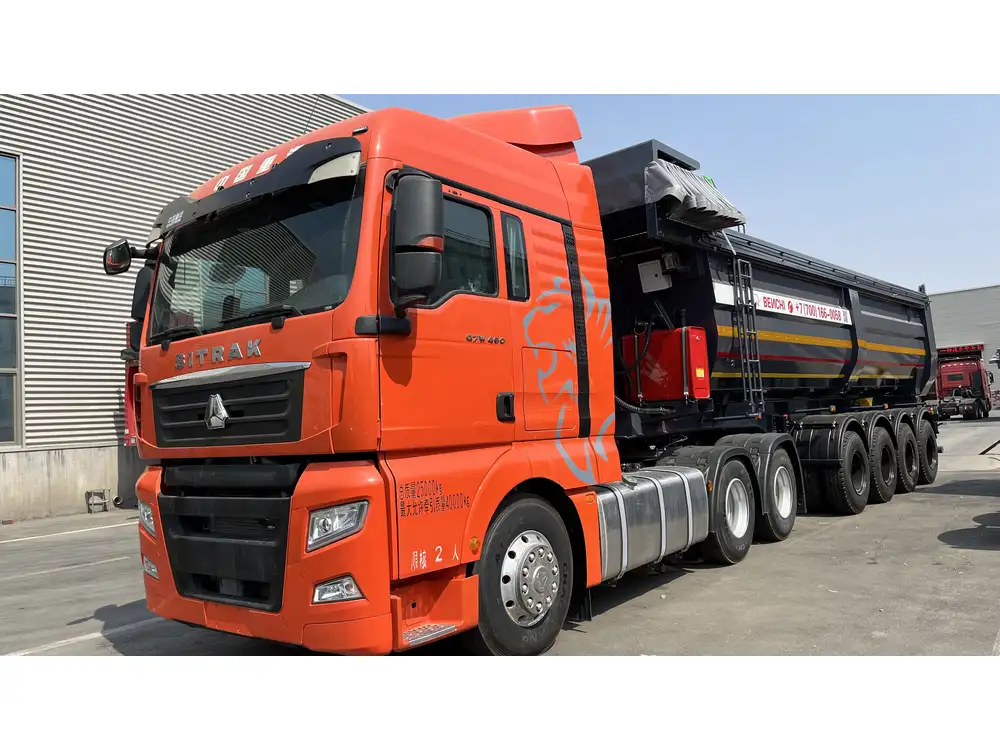
Select the Right Location
Choosing the correct spot for unloading is vital. Look for:
- Stable Ground: Unload on firm, level terrain to avoid rollover or slippage.
- Room to Maneuver: Ensure there’s ample space for the trailer and truck.
Techniques for Unloading Dirt Efficiently
Utilizing the Hydraulic Lift System
The hydraulic lift is your best friend. Here’s how to effectively use it for smooth unloading:
Position the Trailer: Align your dump trailer over the desired area before initiating the lift.
Engage the Hydraulic System Slowly:
- Press the control switch gently. Sudden movements can lead to material clumping.
Control the Angle:
- Raise the trailer bed at a steady angle, ideally around 45 degrees. This promotes a smooth flow.
Keep the Tailgate Open:
- If your trailer has a tri-fold or swing-away tailgate, keeping it open will create a larger opening and enhance the flow of dirt.
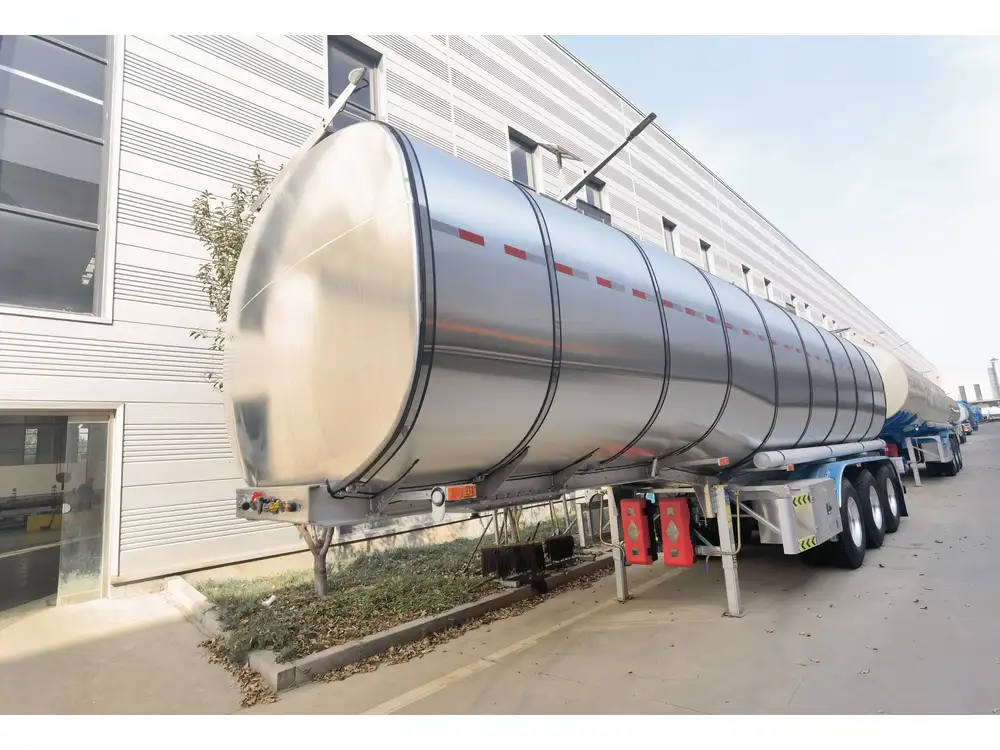
Creating a Slide-Friendly Environment
Creating a conducive environment for dirt to slide can be a game-changer:
- Wet the Dirt: Lightly moistening the dirt can reduce friction, helping it slide more easily.
- Use Flow Aids:
- Consider adding flow aids, such as a tarp or conveyor belt, if the dirt is heavy and clumped.
The Art of Tailgate Management
Master the art of tailgate control to optimize the unloading process:
Controlled Release: Gradually open the tailgate rather than releasing it abruptly.
Utilize Gravity: Tilt the trailer just enough to use gravity to your advantage and allow the dirt to flow.
Frequent Shaking: Gently shake the trailer if the dirt becomes stuck—this can encourage movement without completely relying on the hydraulic system.
Common Challenges When Unloading Dirt
To further enhance your unloading efficiency, it’s essential to be aware of potential challenges and how to mitigate them.
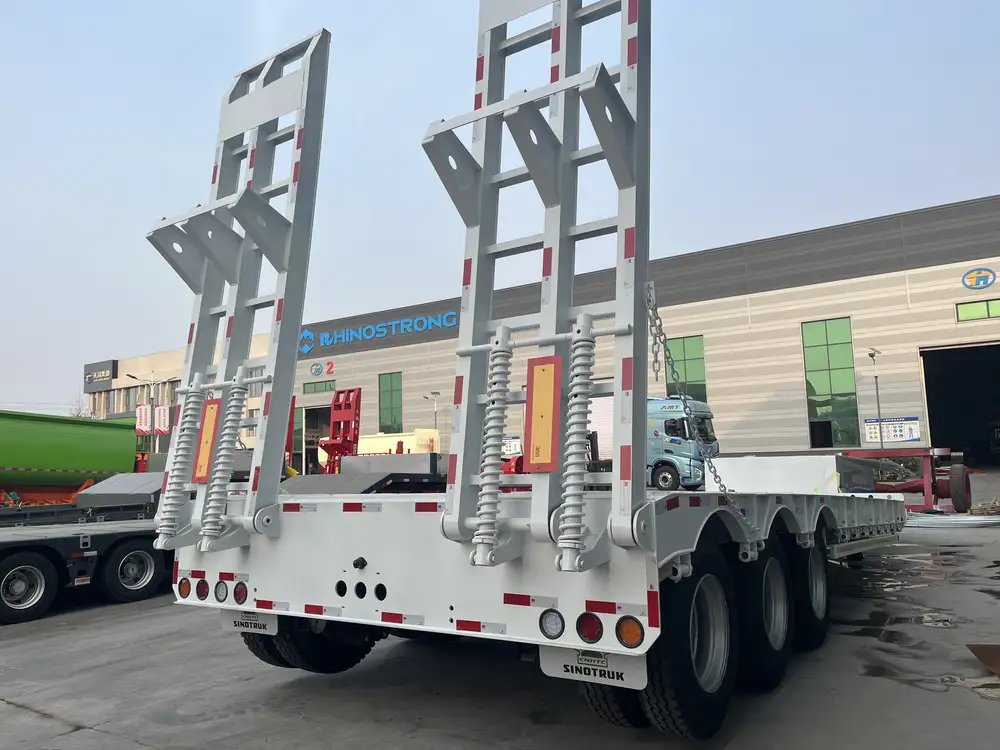
Dealing with Caked Soil
Problem: Dirt can sometimes become tightly packed inside the trailer.
Solution:
- Hydraulic Assistance: Utilize the hydraulic system to raise the bed but enhance the angle.
- Manual Assistance: If safe, use a shovel or pry bar to break up clumps before they cause clogs.
Tailgate Malfunctions
Problem: Tailgate may jam or not open fully, hindering unloading.
Solution:
- Regular Maintenance: Ensure all mechanical parts of the tailgate are regularly lubricated and checked.
- Emergency Release Mechanism: Familiarize yourself with the emergency release if the tailgate fails.
Slippery Surfaces
Problem: Unloading on wet or slippery ground can be hazardous.
Solution:
- Choose Better Terrain: If the unloading area is slippery, consider moving to a different, more suitable location.
- Use Traction Aids: Place boards or mats to increase traction where unloading will occur.

Seasonal Considerations
Each season could impact the unloading process differently; here are some considerations:
Spring
- Risk of Erosion: Wet conditions from rains can make soil mushy; opt for small loads if necessary.
Summer
- Drier Conditions: The ground is firmer, yet high temperatures can create dust issues. Keep the soil damp before unloading.

Fall
- Leaf Build-Up: Wet leaves can create slippery conditions; ensure the area is clean before unloading.
Winter
- Frozen Ground: If the ground is frozen, consider waiting until the thaw to minimize risk.
Additional Equipment for Effective Dumping
Investing in additional equipment can facilitate smoother unloading:

Tarping System
A tarping system can control the flow of materials and minimize spillage during transportation.
Conveyor Belts
In scenarios with bulk material, conveyor belts can help in unloading dirt directly onto the desired spot, reducing manual labor and time.
Augers
This equipment is especially beneficial if you frequently unload materials in tight spaces or at lower angles.
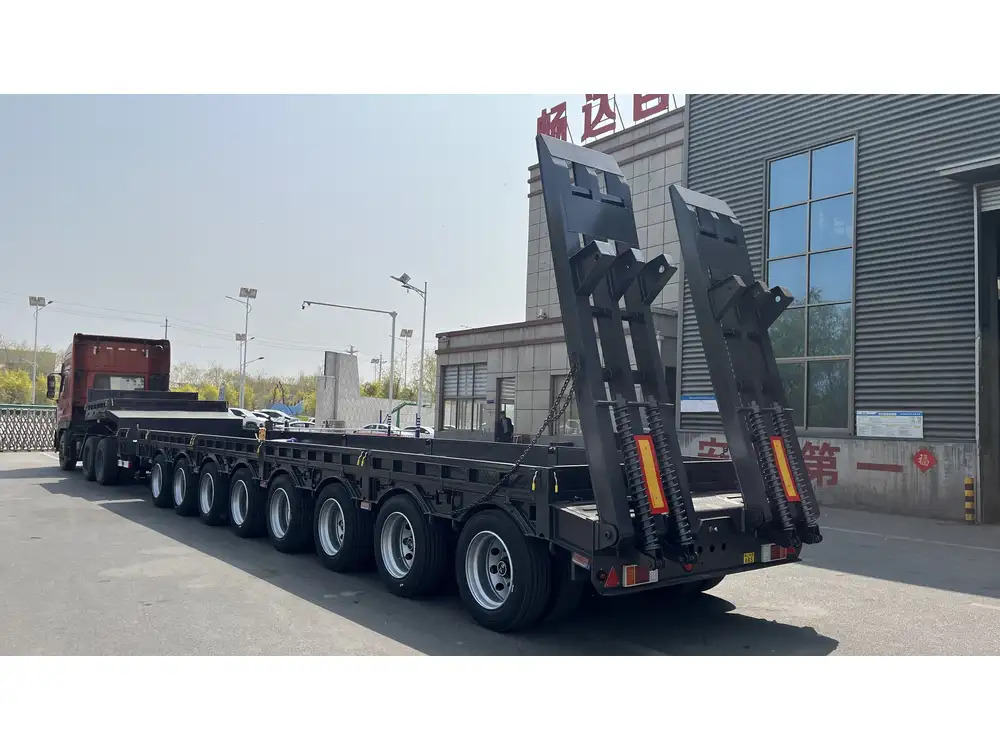
Conclusion: The Path to Effortless Unloading
Mastering the technique of making dirt slide out of a dump trailer efficiently is crucial for optimizing project timelines and labor costs. By understanding the mechanics of your dump trailer, preparing adequately, and employing effective unloading techniques, you can create a streamlined process.
The choice of equipment and season adaptation also plays a significant role in effectiveness. Regular maintenance and awareness of potential challenges ensure your unloading experiences remain hassle-free. Ultimately, continuous adaptation and learning will set you apart in mastering the nuances of dirt unloading.
By following these guidelines and strategies, we can guarantee maximum efficiency in every unloading operation, providing both peace of mind and outstanding results in all your projects. Integrating best practices and innovative solutions ensures that every load is delivered where it needs to go, smoothly and effectively.



